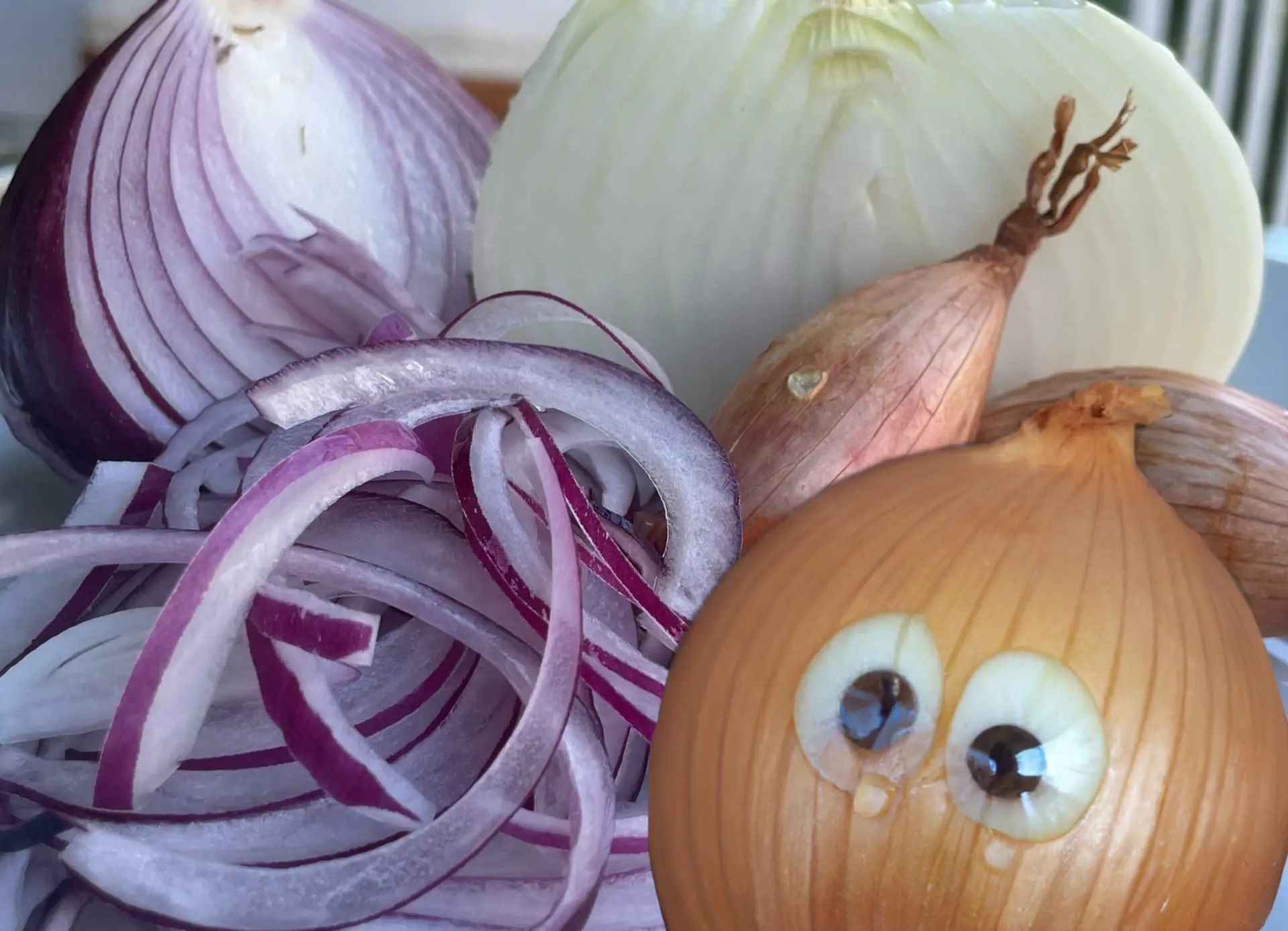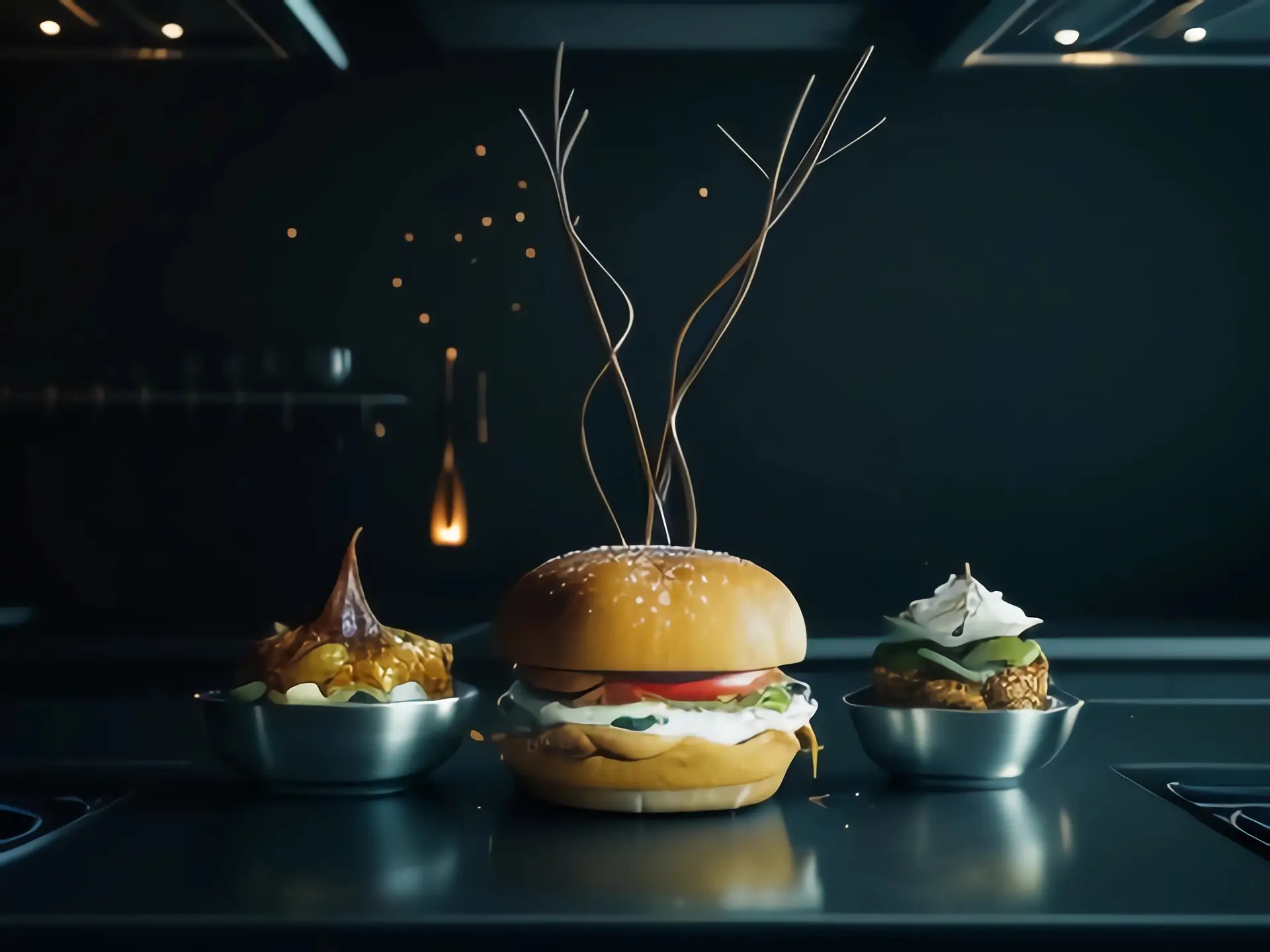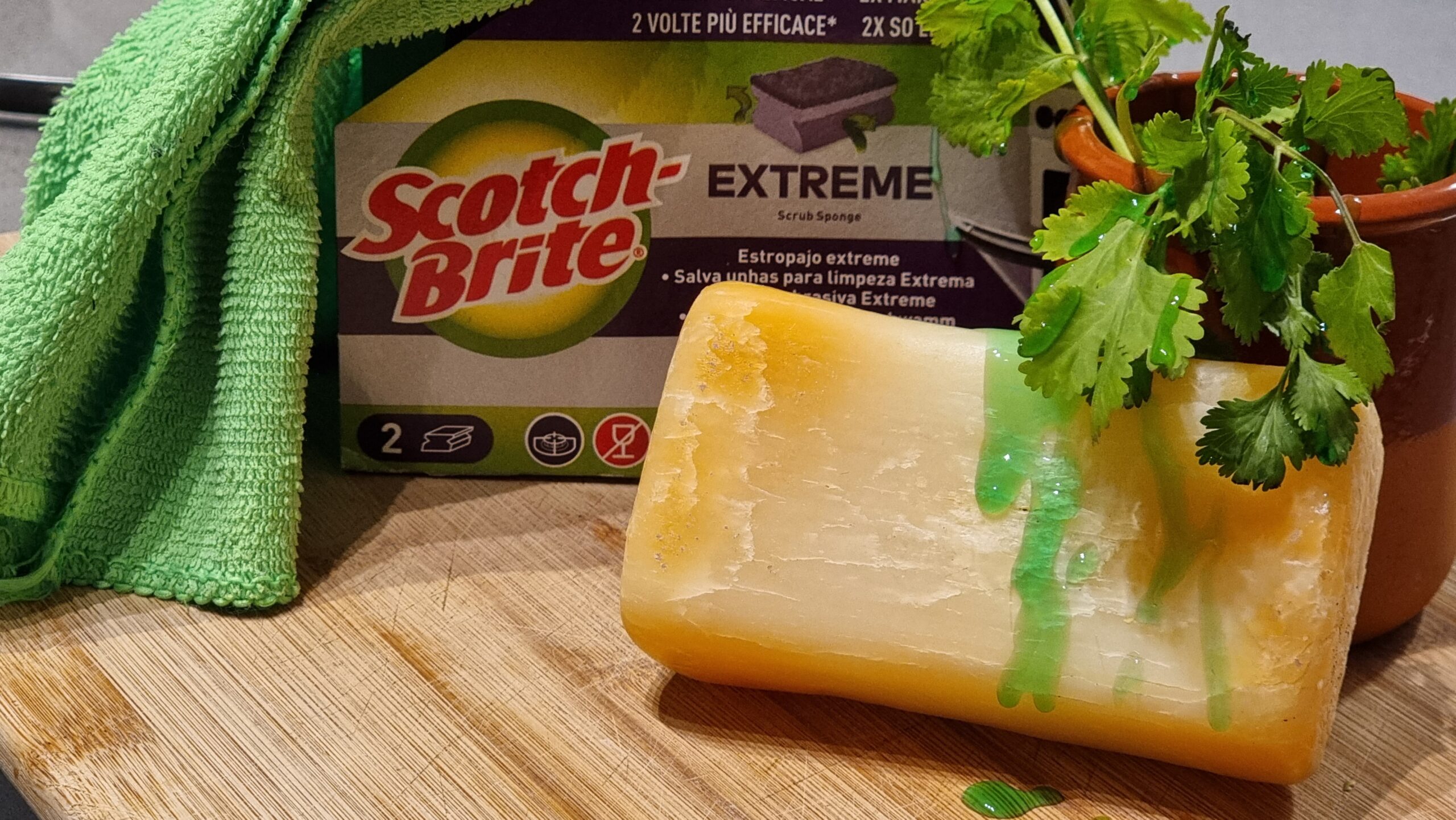What are lumps and how are they formed?
We all know someone that can make their gravy greasy and lumpy at the same time, no kidding, it’s another kind of talent that they possess. But generally speaking, the most common problem with this sauce is that sometimes there’s a layer of fat floating on top or it’s just too “floury”, as it is said, and has lumps in it.
First, let’s understand why gravy is either greasy or lumpy, that we make with that god-awful mess that we’re left with at the end of roasting or baking a turkey, chicken, or any other meat. Both of these arise from the same phenomenon that water and oil don’t mix together, but in order for that to happen and for us to get a smooth luscious sauce (okay, gravy is different than sauce, I know but how does it matter right?), we must know the trick to magically blend them in. But before that let’s get our terminologies straight – fat, grease, and oil are more or less the same thing, how we generally differentiate them is, fat is solid at room temperature while oil is liquid and grease is somewhere in the middle (grease has an unsavory connotation). All fats can be melted into oils and all oils can be frozen into fats. But chefs tend to call all of them fats because they play the same role in nutrition.
We’ll talk about the most common type of gravy that is made, with the drippings of a bird, turkey (because it’s the festive season). Now, one likes it to be watery so we thicken it with starch molecules, don’t try to replace flour with cornflour or arrowroot, that’s a different ballgame. As soon as you remove your bird from the oven you see two types of liquids at the first sight, oil-based: consisting of melted turkey fat and oil that you must’ve used, and water-based: juices from the meat and vegetables plus any water or broth that you must’ve added. Now, we want both of these liquids in our gravy because each of them has unique flavor molecules, which means certain flavors are fat-soluble and some are water-soluble. It’s all in how you handle the addition of flour into your sauce because it not only helps to thicken the sauce but helps in the blending of oil and water together.
Flour is a very fine powder containing certain proteins (glutenin and prolamins) that form gluten when they absorb water. If we were just to dump the flour in the roasting pan and stir, the protein and water would get together and form a sticky glop, this being water-based, oil won’t be able to penetrate it and your gravy will be some lumps floating in a pool of grease and according to some people, the sauce shouldn’t be the chewiest part of a meal. What should be done then? I would recommend, letting the dripping stand for a while in a deep container like a gravy boat and, after some time, the oil will come on top. Then you just drain the oil and mix it with flour and cook it for some time stirring, a roux it’s called, then you can add the remaining liquid. What it does is that when you mix fat and flour, each particle of it becomes coated with oil so that the watery juice can’t get up inside to gum up the protein. Then, when you stir the juices into the roux, the fat-coated flour grains become widely spread and that’s exactly what we want: fat and flour uniformly dispersed throughout to form a smooth and homogenous mixture.
Now there is a question of how much of each. It’s well said the ratio of flour to fat to liquid must be 1:1:10, but 10 here is a subjective thing so I’d like to say more appropriately 1:1:x where x = desired consistency. But it is essential to keep the amount of fat and flour just about the same or there will be a disbalance in the sauce equilibrium.
PS: If you want to read more about gluten, Click Here.
An Experiment
To make ourselves aware of the different solubility of flavor molecules.
- Take some black peppercorns and grind them up in a mixer.
- In a bottle add somewhat equal quantities of water and oil.
- Now add the powdered pepper to the bottle and shake it. Let it sit for some time, 30 minutes approx.
- Divide the two liquids into separate containers.
- Now make an omelet in that oil. Taste it. Note your observations.
- Next, beat an egg and add that liquid to the beaten egg and make an omelet. Taste it and note your observations.
- Finally, make an omelet with powdered black pepper. Taste it and note your observations.
Compare all three and prepare yourself to be shocked!







